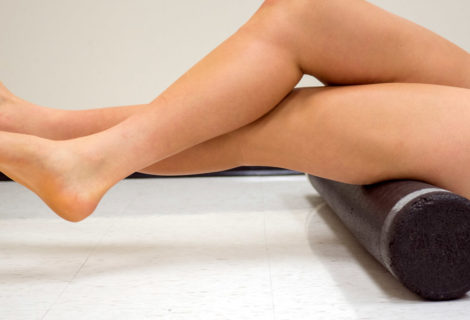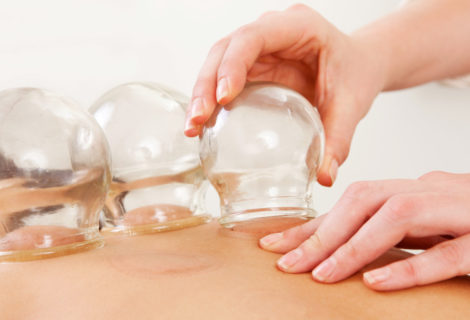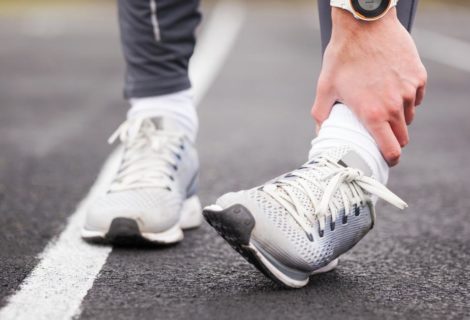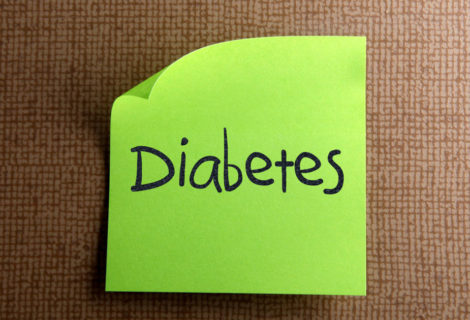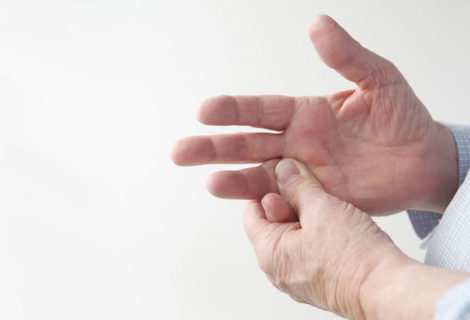Dry needling: What is it and how is it different to acupuncture?
Dry needling is a commonly-used technique in treating various musculoskeletal complaints. Injury, muscle overuse and poor posture may result in the development of myofascial trigger points, which are irritable “knots” in tense muscles. This is often the cause of tenderness you may experience when your muscles are pressed by a manual therapist.
Patients often say “dry needling is the same as acupuncture, isn’t it?” The answer is no. Dry needling and traditional Chinese acupuncture use the same needles, however the techniques differ by the mechanisms in the way they work. Acupuncture is based on inserting the needles into particular pathways in the body known as meridians, through which energy flows. It is said that where there is a disruption in this flow of energy, dysfunction may be a result. Therefore, the application of acupuncture needles into these pathways may help to improve energy flow and facilitate healing.
Dry needling involves inserting a very fine, disposable acupuncture needle into a myofascial trigger point. The needle is then left in the muscle for approximately three to five minutes (note: the needles do not inject any substances into tissues). This is said to:
- Relax the muscle fibres and reduce tension
- Increase blood flow and oxygen to the area to promote healing
- Inhibit nerve signals that cause muscle pain
- Release natural chemicals that provide pain relief.
If you are interested in dry needling or have any questions, please speak to a trained practitioner within the clinic.
References:
Unverzagt, C., Berglund, K., & Thomas, J. J. (2015). DRY NEEDLING FOR MYOFASCIAL TRIGGER POINT PAIN: A CLINICAL COMMENTARY. International Journal of Sports Physical Therapy, 10(3), 402–418.
Morihisa, R., Eskew, J., McNamara, A., & Young, J. (2016). DRY NEEDLING IN SUBJECTS WITH MUSCULAR TRIGGER POINTS IN THE LOWER QUARTER: A SYSTEMATIC REVIEW. International Journal of Sports Physical Therapy, 11(1), 1–14.



